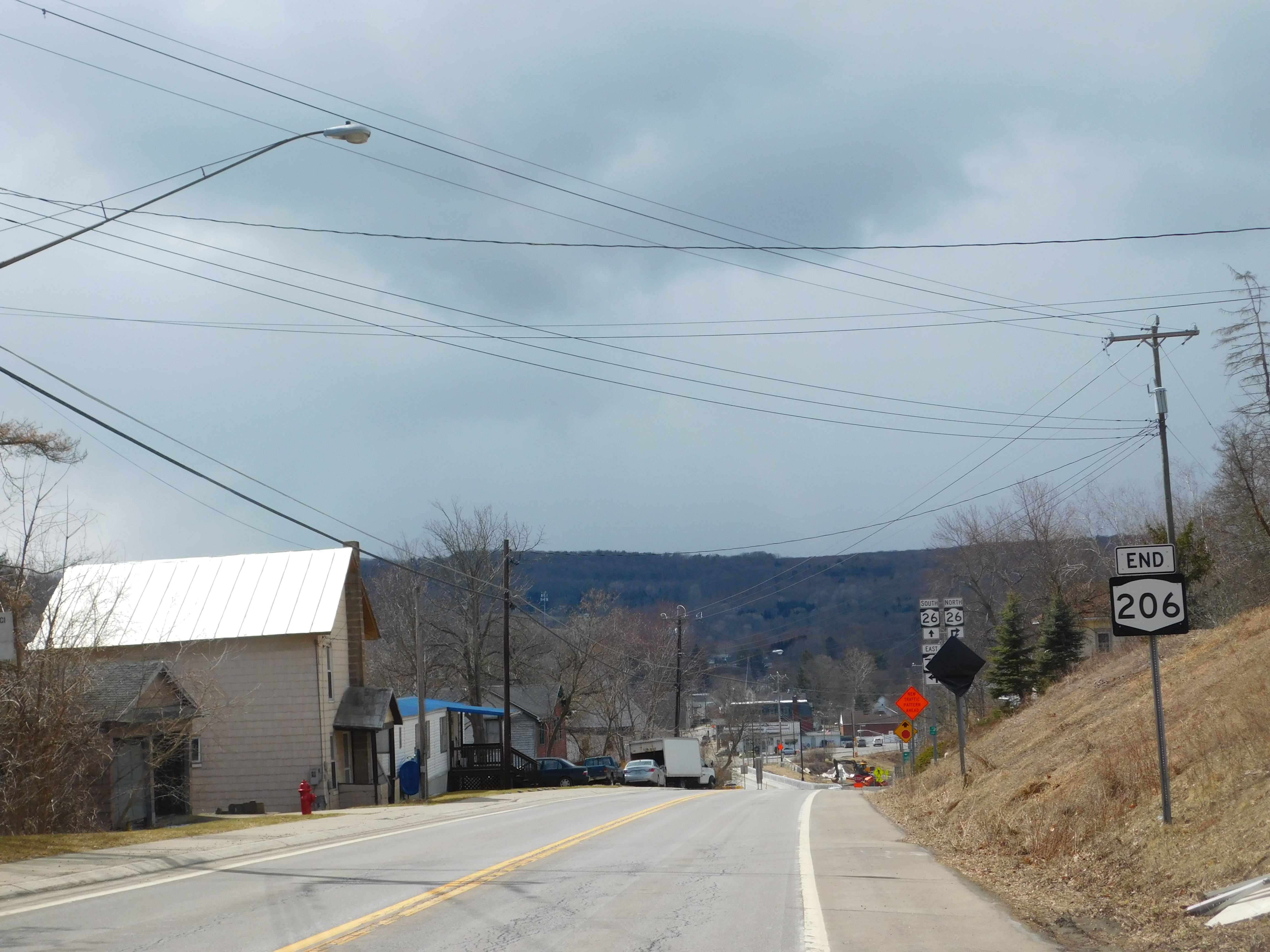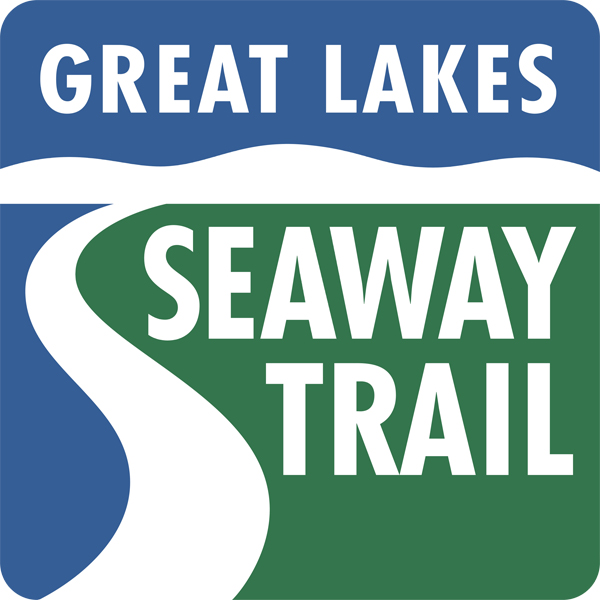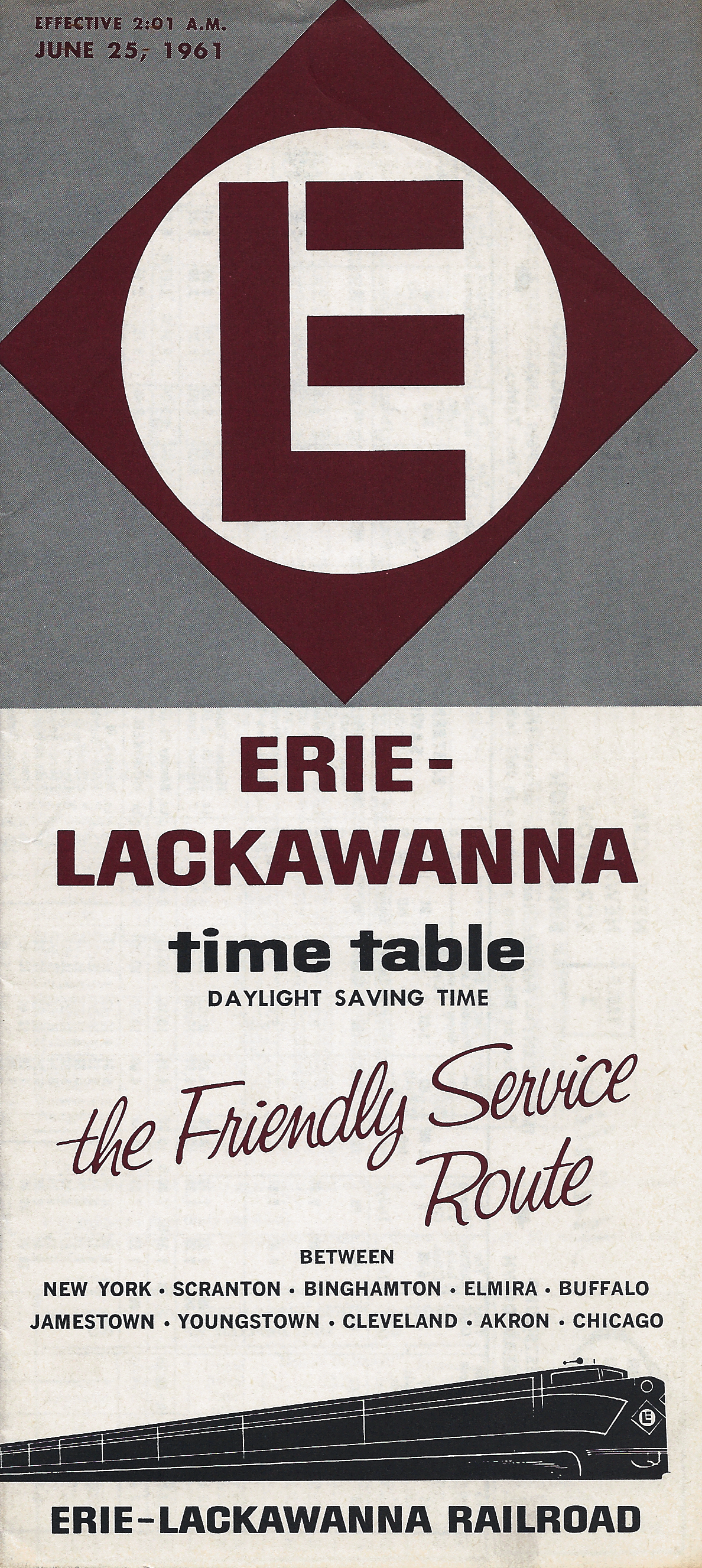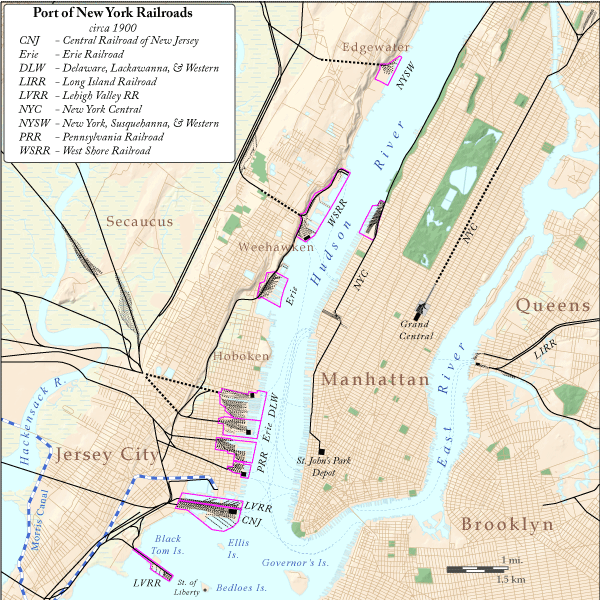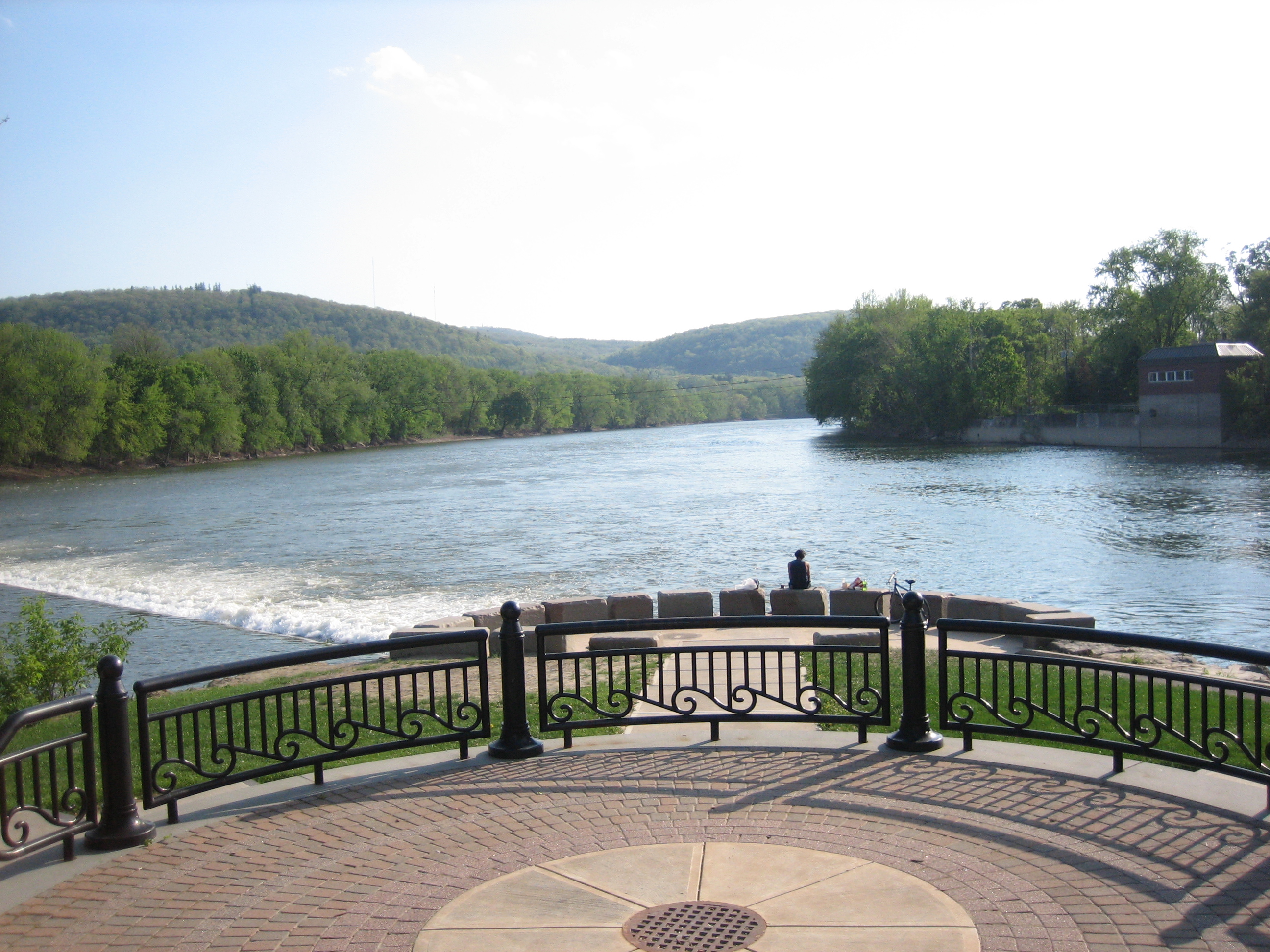|
Greene (village), New York
Greene is a village in Chenango County, New York, United States. The population was 1,580 as of the 2010 census. The village is named after General Nathanael Greene. It is within the town of Greene and is northeast of Binghamton. History The village was the site of the first settlement in the town, around 1792 by Stephen Ketchum, and was originally called "Hornby". The town later, in 1806, changed the name to that of the Revolutionary War general. The village of Greene was laid out in 1806 and incorporated in 1842. In 1982, many of its historic buildings were included in the Greene Historic District on the National Register of Historic Places. The frequently cleansed Chenango River is a haven for wildlife, such as the great horned owl and the Virginia opossum. Geography Greene village is located north of the geographic center of the town of Greene at (42.330073, -75.770137). It is in the southwestern part of Chenango County. According to the United States Census Bureau, th ... [...More Info...] [...Related Items...] OR: [Wikipedia] [Google] [Baidu] |
Village (New York)
The administrative divisions of New York are the various units of government that provide local government, local services in the American New York (state), state of New York. The state is divided into boroughs of New York City, boroughs, counties, cities, towns, and villages. (The only boroughs, the five boroughs of New York City, have the same boundaries as their respective counties.) They are municipal corporations, chartered (created) by the New York State Legislature, as under the Constitution of New York, New York State Constitution the only body that can create governmental units is the state. All of them have their own governments, sometimes with no paid employees, that provide local services. Centers of population that are not incorporated and have no government or local services are designated Administrative divisions of New York (state)#Hamlet, hamlets. Whether a municipality is defined as a borough, city, town, or village is determined not by population or land are ... [...More Info...] [...Related Items...] OR: [Wikipedia] [Google] [Baidu] |
National Register Of Historic Places
The National Register of Historic Places (NRHP) is the Federal government of the United States, United States federal government's official United States National Register of Historic Places listings, list of sites, buildings, structures, Historic districts in the United States, districts, and objects deemed worthy of Historic preservation, preservation for their historical significance or "great artistic value". The enactment of the National Historic Preservation Act (NHPA) in 1966 established the National Register and the process for adding properties to it. Of the more than one and a half million properties on the National Register, 95,000 are listed individually. The remainder are contributing property, contributing resources within historic district (United States), historic districts. For the most of its history, the National Register has been administered by the National Park Service (NPS), an agency within the United States Department of the Interior. Its goals are to ... [...More Info...] [...Related Items...] OR: [Wikipedia] [Google] [Baidu] |
White (U
White is the lightest color and is achromatic (having no chroma). It is the color of objects such as snow, chalk, and milk, and is the opposite of black. White objects fully (or almost fully) reflect and scatter all the visible wavelengths of light. White on television and computer screens is created by a mixture of red, blue, and green light. The color white can be given with white pigments, especially titanium dioxide. In ancient Egypt and ancient Rome, priestesses wore white as a symbol of purity, and Romans wore white togas as symbols of citizenship. In the Middle Ages and Renaissance a white unicorn symbolized chastity, and a white lamb sacrifice and purity. It was the royal color of the kings of France as well as the flag of monarchist France from 1815 to 1830, and of the monarchist movement that opposed the Bolsheviks during the Russian Civil War (1917–1922). Greek temples and Roman temples were faced with white marble, and beginning in the 18th c ... [...More Info...] [...Related Items...] OR: [Wikipedia] [Google] [Baidu] |
Census
A census (from Latin ''censere'', 'to assess') is the procedure of systematically acquiring, recording, and calculating population information about the members of a given Statistical population, population, usually displayed in the form of statistics. This term is used mostly in connection with Population and housing censuses by country, national population and housing censuses; other common censuses include Census of agriculture, censuses of agriculture, traditional culture, business, supplies, and traffic censuses. The United Nations (UN) defines the essential features of population and housing censuses as "individual enumeration, universality within a defined territory, simultaneity and defined periodicity", and recommends that population censuses be taken at least every ten years. UN recommendations also cover census topics to be collected, official definitions, classifications, and other useful information to coordinate international practices. The United Nations, UN's Food ... [...More Info...] [...Related Items...] OR: [Wikipedia] [Google] [Baidu] |
New York State Route 206
New York State Route 206 (NY 206) is a state highway in the Southern Tier of New York (state), New York in the United States. It runs through some lightly populated regions along the state's southern border, from Central New York to the Catskill Mountains, Catskills. It begins near a busy intersection with Interstate 81 in New York, Interstate 81 (I-81) at Whitney Point, New York, Whitney Point and runs east from there through Greene (village), New York, Greene. The eastern terminus is located at a junction with New York State Route 17, NY 17 (future Interstate 86 (east), I-86) at Roscoe, New York, Roscoe in Sullivan County. It is one of the longest three-digit routes in New York, and the only long one not associated with a two-digit route or a former United States Numbered Highways, U.S. Route. Yet due to its location it sees little traffic, although for much of its length it follows the route of a main 19th century thoroughfare, the Catskill Turnpike. It is ... [...More Info...] [...Related Items...] OR: [Wikipedia] [Google] [Baidu] |
New York State Route 12
New York State Route 12 (NY 12) is a state highway extending for through central and northern New York (state), New York in the United States. The southern terminus of the route is at U.S. Route 11 in New York, U.S. Route 11 (US 11) in the town of Chenango, New York, Chenango (just north of Binghamton (city), New York, Binghamton) in the Southern Tier. The northern terminus is at New York State Route 37, NY 37 near the village of Morristown (village), New York, Morristown in the North Country, New York, North Country. In between, the route serves three cities of varying size: Norwich (city), New York, Norwich, Utica, New York, Utica, and Watertown, New York, Watertown. NY 12 intersects several primary routes, including U.S. Route 20 in New York, US 20 in Sangerfield, New York, Sangerfield, New York State Thruway via Interstate 790 (I-790) in Utica, New York, Utica, concurrency (road), overlaps New York State Route 28, NY 28 from Barneveld ... [...More Info...] [...Related Items...] OR: [Wikipedia] [Google] [Baidu] |
Conrail
Conrail , formally the Consolidated Rail Corporation, was the primary Class I railroad in the Northeastern United States between 1976 and 1999. The trade name Conrail is a portmanteau based on the company's legal name. It continues to do business as an asset management and network services provider in three Shared Assets Areas that were excluded from the division of its operations during its acquisition by CSX Corporation and the Norfolk Southern Railway. The federal government created Conrail to take over the potentially profitable lines of multiple bankrupt carriers, including the Penn Central Transportation Company and Erie Lackawanna Railway. After railroad regulations were lifted by the 4R Act and the Staggers Act, Conrail began to turn a profit in the 1980s and was privatized in 1987. The two remaining Class I railroads in the East, CSX Transportation and the Norfolk Southern Railway (NS), agreed in 1997 to acquire the system and split it into two roughly-equal parts ... [...More Info...] [...Related Items...] OR: [Wikipedia] [Google] [Baidu] |
Erie Lackawanna
The Erie Lackawanna Railway , known as the Erie Lackawanna Railroad until 1968, was formed from the 1960 merger of the Erie Railroad and the Delaware, Lackawanna & Western Railroad. The official motto of the line was "The Friendly Service Route". Like many railroads in the northeast already financially vulnerable from the expanding U.S. Interstate Highway System, the line was severely weakened fiscally by the extent, duration and record flood levels due to Hurricane Agnes in 1972. It would never recover. Most of the corporation's holdings became part of Conrail in 1976, ending its sixteen years as an independent operating railroad company. History Formation and early success The Interstate Commerce Commission approved the merger on Sept. 13, 1960, and on Oct. 17 the Erie Railroad and Delaware, Lackawanna and Western Railroad merged to form the Erie Lackawanna Railroad. The EL struggled for most of the 16 years it existed. The two railroads that created it were steadily losin ... [...More Info...] [...Related Items...] OR: [Wikipedia] [Google] [Baidu] |
Lackawanna Railroad
The Delaware, Lackawanna and Western Railroad, also known as the DL&W or Lackawanna Railroad, was a U.S. Class 1 railroad that connected Buffalo, New York, and Hoboken, New Jersey, and by ferry with New York City, a distance of . The railroad was incorporated in Pennsylvania in 1853, and created primarily to provide a means of transport of anthracite coal from the Coal Region in Northeast Pennsylvania to large coal markets in New York City. The railroad gradually expanded both east and west, and eventually linked Buffalo with New York City. Like most coal-focused railroads in Northeastern Pennsylvania, including Lehigh Valley Railroad, New York, Ontario and Western Railroad, and the Lehigh & New England Railroad, the DL&W was profitable during the first half of the 20th century, but its margins were gradually hurt by declining Pennsylvania coal traffic, especially following the 1959 Knox Mine Disaster and competition from trucks following the expansion of the Interstate Hi ... [...More Info...] [...Related Items...] OR: [Wikipedia] [Google] [Baidu] |
New York, Susquehanna And Western Railway
The New York, Susquehanna and Western Railway , also referred to as the Susie-Q or the Susquehanna, and formerly the New York, Susquehanna and Western Railroad, is an American Railroad classes#Class II, Class II Rail freight transport, freight railway operating over of trackage in the states of New Jersey, New York (state), New York, and Pennsylvania. The NYS&W was formed in 1881 out of a merger of six smaller railroads. After formation, the new NYS&W's primary business concern was transporting Anthracite, anthracite coal out of Pennsylvania's Wyoming Valley Coal Region, coal region, a business that would last into the twentieth century. From 1898 to 1940, the NYS&W operated as a subsidiary of the Erie Railroad after JP Morgan purchased a majority stake on the Erie's behalf. The Susquehanna emerged from the Erie's control in 1940 as part of a bankruptcy reorganization begun in 1937. Around this time the railroad began winding down its coal operations (until finally discontinuing ... [...More Info...] [...Related Items...] OR: [Wikipedia] [Google] [Baidu] |
Chenango Canal
The Chenango Canal was a towpath canal in central New York in the United States which linked the Susquehanna River to the Erie Canal. Built and operated in the mid-19th century, it was 97 miles long and for much of its course followed the Chenango River, along New York State Route 12 from Binghamton on the south end to Utica on the north. It operated from 1834 to 1878 and provided a significant link in the water transportation system of the northeastern U.S. until supplanted by the region's developing railroad network. Construction The canal was first proposed in the New York Legislature in 1824 during the construction of the Erie Canal, prompted by lobbying from local leaders in the Chenango Valley. It was authorized by the legislature in 1833 and completed in October 1836 at a total cost of $2,500,000—approximately twice the original appropriation. In 1833 a grand ball was held in Oxford, New York, which feted the canal's approval. The great American civil engineer Joh ... [...More Info...] [...Related Items...] OR: [Wikipedia] [Google] [Baidu] |
Chenango River
The Chenango River is a U.S. Geological Survey. National Hydrography Dataset high-resolution flowline dataThe National Map, accessed August 8, 2011 tributary of the Susquehanna River in central New York in the United States. It drains a dissected plateau area in upstate New York at the northern end of the Susquehanna watershed. Named after the Oneida word for bull thistle, in the 19th century the Chenango furnished a critical link in the canal system of the northeastern United States. The Chenango Canal, built from 1836–1837 between Utica and Binghamton, connected the Erie Canal in the north to the Susquehanna River. The canal was rendered obsolete by railroads and was abandoned in 1878. Flooding is often a concern during the spring and fall. Course The Chenango River begins near Morrisville in Madison County, in central New York, in the Morrisville Swamp in the Town of Smithfield, about 25 miles southwest of Utica. The river flows from the Campbell Lakes in the s ... [...More Info...] [...Related Items...] OR: [Wikipedia] [Google] [Baidu] |



